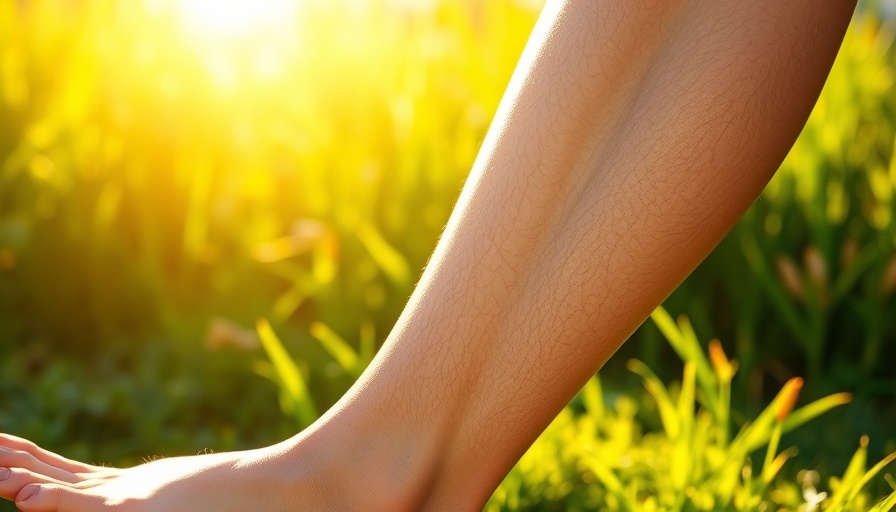
Understanding Varicose Veins: A Common Condition
As warmer weather draws people outdoors, many may notice changes in their bodies—specifically, the appearance of varicose veins. These twisted, swollen veins can become more prominent when temperatures rise, leading to discomfort and concerns among seniors. But it’s crucial to understand that while temperature can influence their visibility and discomfort, varicose veins often point to underlying health issues.
What Causes Varicose Veins?
Varicose veins occur when veins become weakened and blood pools within them. Many factors contribute to their formation, including age, genetics, and lifestyle choices. For seniors, the risk increases significantly—approximately 25% of all adults will experience this condition at some point, according to health experts. Factors like prolonged standing, obesity, and loss of elasticity in vein walls can exacerbate this issue, especially during hot weather.
How Does Warm Weather Impact Varicose Veins?
When temperatures rise, the veins in our bodies tend to dilate, increasing blood flow and volume. This can intensify the discomfort associated with varicose veins. Dr. Jane Smith, a leading vascular specialist, advises that while the heat may increase symptoms, it is essential to view these veins as messages from the body. "If you notice a sudden increase in discomfort or swelling in your legs, consulting a healthcare professional is vital to rule out any serious conditions," she emphasizes.
Potential Underlying Health Concerns
Varicose veins are not just a cosmetic concern; they can signal other health issues. Conditions such as chronic venous insufficiency (CVI), where blood does not flow effectively back to the heart, can lead to more severe health problems if left untreated. According to Dr. Smith, "Addressing varicose veins can sometimes unveil other underlying conditions, such as blood clots or thrombophlebitis, which require medical attention." Therefore, seniors experiencing changes in their veins should seek professional evaluation.
Managing Symptoms Effectively
For seniors, managing symptoms of varicose veins can involve various lifestyle modifications. Here are several practical strategies:
- Exercise Regularly: Activities such as walking or cycling can promote healthy blood circulation.
- Elevate Legs: Elevating legs whenever possible can help reduce swelling and improve circulation.
- Wear Compression Stockings: These specially designed garments can provide support and improve blood flow.
- Stay Hydrated: Drinking enough water can prevent blood from becoming thicker and improve circulation.
Consulting Healthcare Professionals
If varicose veins are causing significant discomfort or if there’s swelling, redness, or pain, it’s time to schedule a consultation with a healthcare provider. Professionals may recommend treatments ranging from lifestyle changes to minimally invasive procedures, depending on the severity of the condition. Identifying the root cause can help in creating a personalized management plan.
Seeking Support from the Community
Finally, it’s essential for seniors to remember that they are not alone in facing this condition. Many community programs and resources offer support, education, and opportunities for social interaction. Engaging with others facing similar challenges can provide invaluable emotional support and enhance overall well-being.
With summer approaching, appreciating how warm weather can impact varicose veins is vital. By staying informed, making proactive lifestyle changes, and consulting health professionals when needed, seniors can take essential steps to ensure their vascular health remains stable during the heat of the season.
 Rij toevoegen
Rij toevoegen






 Rij toevoegen
Rij toevoegen



Write A Comment